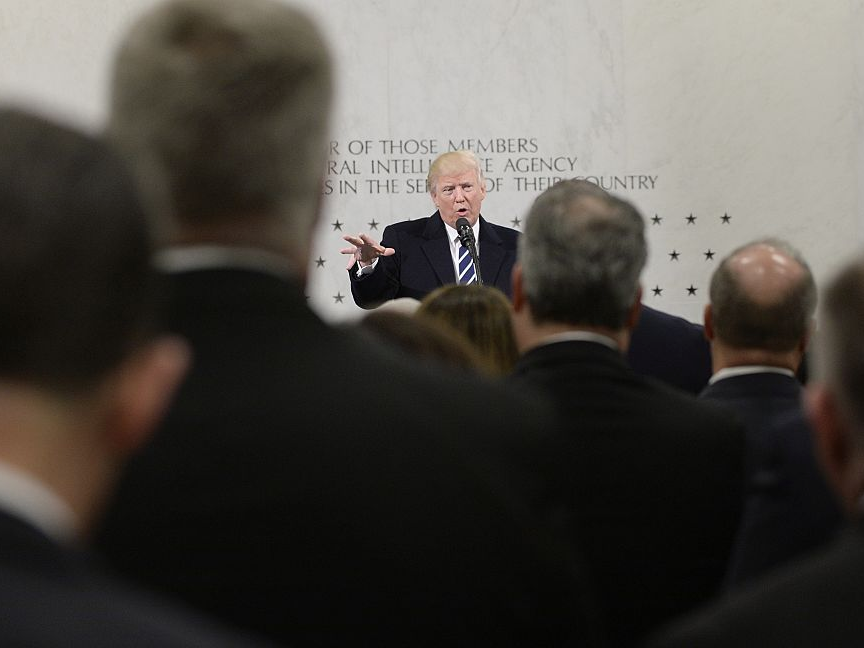It’s no secret that the Trump administration has been facing a deluge of leaks.
MIT Leadership Center executive director Hal Gregersen told Business Insider that it doesn’t matter if only a percentage of the leaks are truthful and done in good faith. The sheer number of leaks still likely point to a climate of distrust and frustration in the executive branch.
“If people felt safe enough to speak their minds internally, they wouldn’t go externally,” he said. “Research shows that people who lack a sense of psychological safety, like when they don’t feel a sense of trust or respect, they shut down. Sometimes without realizing it. So they’re less likely to accept or seek feedback, they’re less likely to experiment, discuss errors, and speak up. It breaks collaboration and performance. It has a negative impact on those things. If you’re looking for people to support, and fall into line, you have less of a chance managing with that style.”
The co-authors of “Friend & Foe,” Wharton professor Maurice Schweitzer and Columbia Business School professor Adam Galinsky, also agreed that the leaks could be a sign of dysfunction within the executive branch.
“I think it’s clear when that’s happening it’s a sign of dysfunction,” Schweitzer said. “It’s a sign of the lack of cohesion and security people feel. It starts with a lack of humility, a lack of order, and a lack of focus.”
The administration can have Sean Spicer confiscate aides' phones, lock down the internal White House computer system, and assign aides to monitor employees' loyalty, but that won't necessarily plug the leaks.
Galinsky said that managers who create security, room for error, and a strong hierarchical order can help prevent leaks and disloyalty.
"You get leaks when there's chaos, because there's a power vacuum that people are trying to jockey to fill," he said.

